
Appias lalage, the spot puffin, is a small butterfly of the family Pieridae, that is, the yellows and whites, which is found in India, Indochina and Hainan.

Grammodes stolida, the geometrician, is a moth of the family Erebidae. The species was first described by Johan Christian Fabricius in 1775. It is found in Africa, southern Europe, most of Asia and Australia. It migrates to central and northern Europe as far north as England, Denmark and Finland.
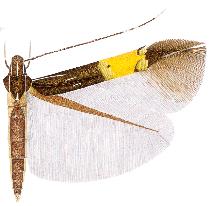
Cosmopterix ananke is a moth of the family Cosmopterigidae. It is known from the Federal District of Brazil.
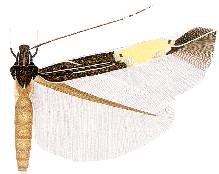
Cosmopterix argentifera is a moth of the family Cosmopterigidae. It is known from Jamaica.

Cosmopterix callichalca is a moth of the family Cosmopterigidae. It is known from Argentina (Salta), Brazil and the United States

Cosmopterix carpo is a moth of the family Cosmopterigidae. It is known from Puerto Rico and the British Virgin Islands (Tortola).

Cosmopterix diaphora is a moth of the family Cosmopterigidae. It is known from the Federal District of Brazil and the states of Guerrero and Veracruz in Mexico.

Cosmopterix ebriola is a moth of the family Cosmopterigidae. It is known from the United States and the Cayman Islands.
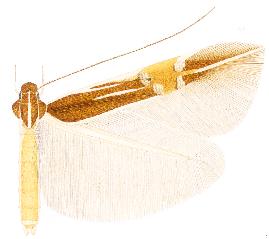
Cosmopterix erinome is a moth of the family Cosmopterigidae. It is known from the United States.

Cosmopterix floridanella is a moth of the family Cosmopterigidae. It is found in the United States, the Cayman Islands, Cuba, Jamaica and the US Virgin Islands.

Cosmopterix gemmiferella is a moth of the family Cosmopterigidae. It is known from the United States and Canada (Ontario).
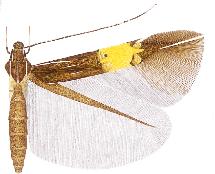
Cosmopterix iocaste is a moth of the family Cosmopterigidae. It is known from the Federal District of Brazil.
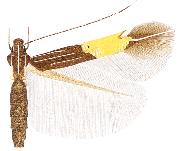
Cosmopterix langmaidi is a moth of the family Cosmopterigidae. It is known from Belize.

Cosmopterix nishidai is a moth of the family Cosmopterigidae. It is known from Costa Rica.

Cosmopterix similis is a moth of the family Cosmopterigidae. It is known from the US Virgin Islands and the British Virgin Islands (Guana).

Cosmopterix yvani is a moth of the family Cosmopterigidae. It is known from the Galapagos Islands.

Pebobs kale is a moth of the family Cosmopterigidae. It is known from Peru and Trinidad and Tobago.

Glaucocharis pyrsophanes is a moth in the family Crambidae. It was described by Edward Meyrick in 1882. It is endemic to New Zealand.

Pyrgotis eudorana is a species of moth of the family Tortricidae. It is endemic in New Zealand and has been observed in both the North and South Islands. However it is regarded as a rare insect. This species inhabits native forest. Larvae exclusively feed on Muehlenbeckia australis and adults are on the wing from November to April. Adults are attracted to light.
Timyra tinctella is a moth in the family Lecithoceridae. It was described by Thomas de Grey in 1886. It is found in Sri Lanka.




